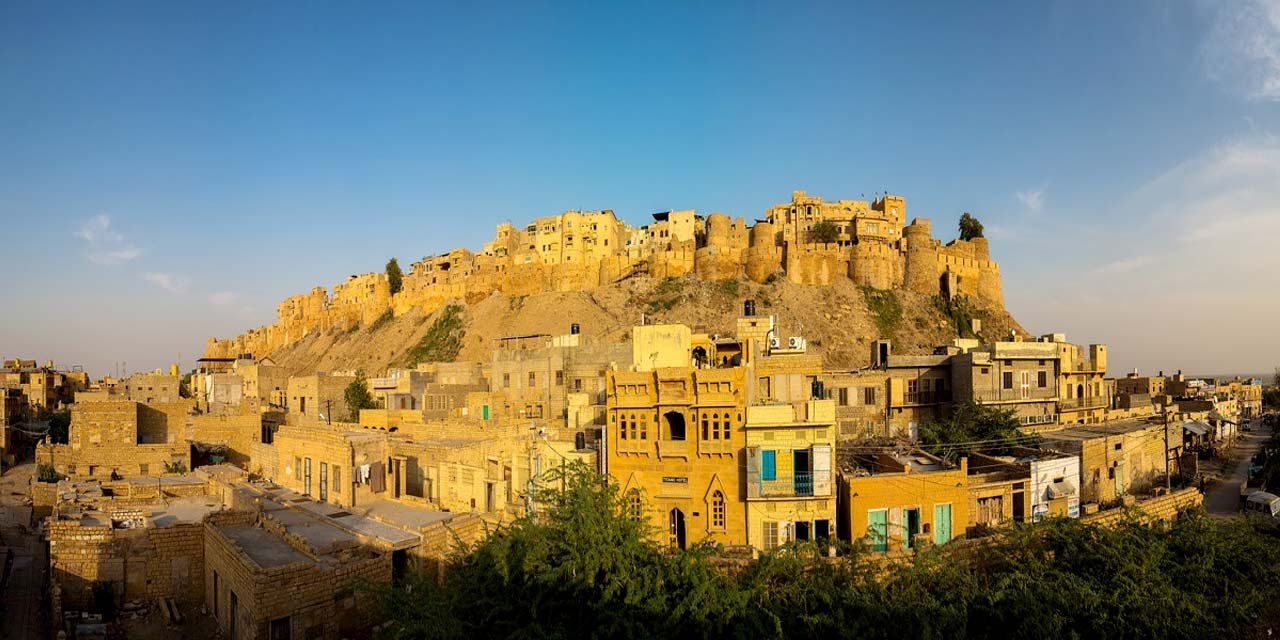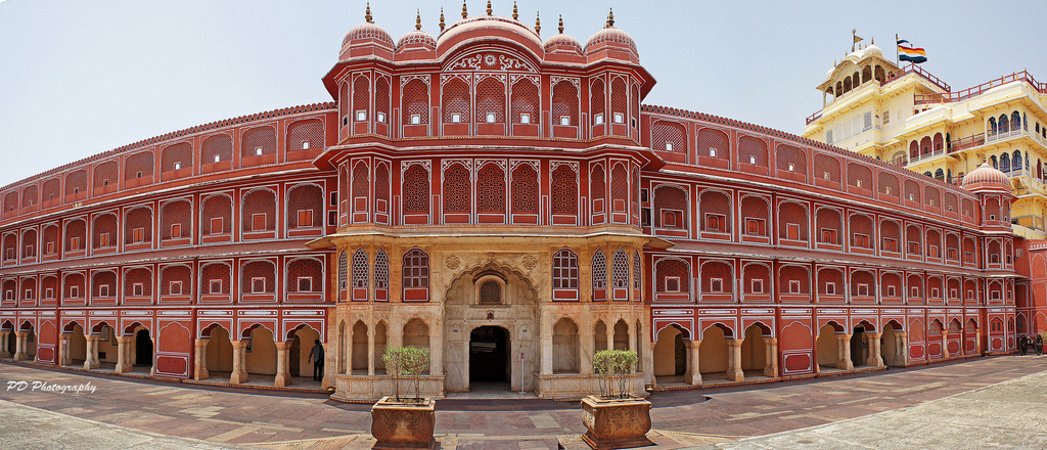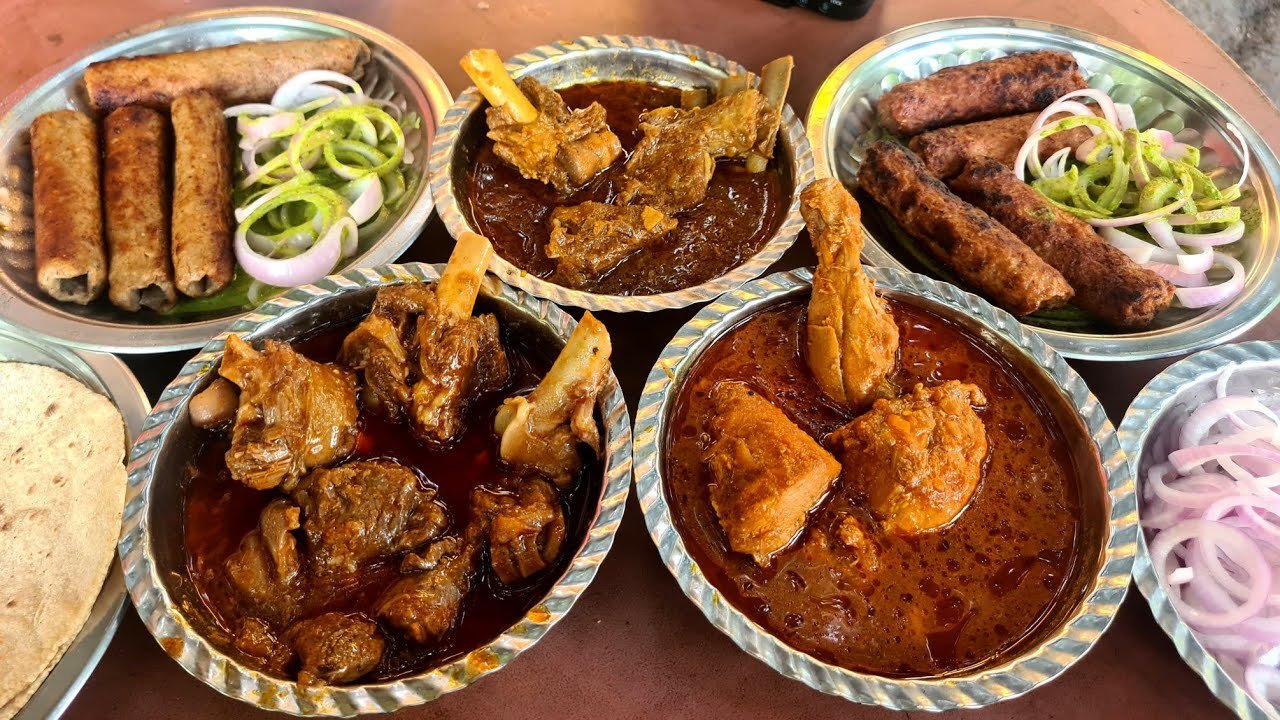Jaisalmer, often called the “Golden City,” is not just known for its architecture and deserts, but also for its living traditions that continue to shape local life. This ancient city, located in the heart of Rajasthan’s Thar Desert, thrives on its deep-rooted cultural heritage. From musical echoes in sandstone courtyards to colourful turbans dancing in folk performances, every moment here is painted in the hues of tradition.
What Makes Jaisalmer’s Culture Unique?
Jaisalmer’s cultural richness comes from a blend of Rajputana pride, desert resilience, and nomadic creativity. Over the centuries, it has developed a distinct identity visible in everything—from traditional attire and crafts to spiritual gatherings and seasonal festivals. The lifestyle of the people, shaped by the harsh desert environment, has nurtured strong community bonds and a love for storytelling, music, and performance arts.
How Do Festivals Reflect Jaisalmer’s Culture?
Festivals in Jaisalmer are not merely celebratory events—they are expressions of identity, belief, and artistic excellence. The city hosts a number of major and minor festivals throughout the year, each echoing a cultural narrative.
One of the most iconic celebrations is the Desert Festival, usually held in February. The festival lasts for three days and brings together camel races, folk music, puppet shows, fire dances, turban tying competitions, and more. The event takes place against the backdrop of sand dunes, which enhances the sensory experience. Artists from various regions gather to showcase their craft, ensuring age-old traditions remain alive and relevant.
Another significant celebration is Diwali, the festival of lights, when local homes and streets are decorated with earthen lamps. People wear traditional clothes, share sweets, and participate in rituals that connect them to ancestral customs.
Gangaur and Teej are also celebrated with vibrant processions. These festivals particularly highlight women’s role in cultural preservation through rituals, songs, and folk dances.
What Are the Popular Folk Arts in Jaisalmer?
Folk art in Jaisalmer ranges from visual creations to musical expressions. These art forms often serve as carriers of oral history and local beliefs. Mandana art, a type of wall and floor painting using natural colours and geometric patterns, is a traditional practice especially seen during religious or festive occasions.
In the realm of textile and embroidery, mirror work, gotta-patti, and bandhani (tie-dye) techniques are not just crafts but cultural symbols. Many families pass these skills through generations, maintaining authenticity.
How Important Is Folk Music and Dance?
Music and dance are integral to Jaisalmer’s cultural landscape. Manganiyars and Langas are two communities known for their contributions to Rajasthani music. Their songs often revolve around themes of nature, devotion, historical tales, and love. Instruments like the kamaicha, khartal, and dholak give these performances a unique character.
Dance forms such as Kalbelia, performed by the Kalbelia community, mimic the movements of snakes and are accompanied by traditional tunes. Ghoomar and Chari Dance are also commonly performed during local celebrations, where the dancers’ spinning motion, paired with vibrant costumes, creates a hypnotic visual experience.
What Role Do Puppetry and Storytelling Play?
Kathputli, or traditional string puppetry, has been a cornerstone of Jaisalmer’s entertainment culture for centuries. The performances involve handcrafted puppets dressed in colourful costumes and are operated by skilled puppeteers who narrate stories with music and humour. These tales often carry moral lessons or depict historical events.
Storytelling is also prominent in folk songs, with musicians singing ballads that recount battles, heroism, love stories, and legends specific to the Thar region. These traditions not only entertain but also serve as repositories of oral history.
How Does Architecture Reflect Cultural Elements?
While architecture might seem distant from folk art, in Jaisalmer it is inseparably linked. The Jaisalmer Fort, a UNESCO World Heritage Site, and the havelis like Patwon Ki Haveli and Nathmal Ki Haveli showcase delicate carvings, jharokhas (balconies), and frescoes that echo traditional artistic sensibilities. Temples and stepwells also feature intricate stonework reflecting mythological stories and regional aesthetics.
Many of these historical structures now host art workshops or cultural performances, keeping them relevant and functional in modern times.
What Cultural Experiences Await in the Desert?
The golden dunes of the Thar Desert offer a perfect backdrop for cultural immersion. Activities such as folk dance evenings, camel parades, and local dinners under the stars connect travellers with the intangible aspects of desert life.
To experience these cultural elements up close, many travellers opt for a Desert Camp in Jaisalmer where traditional architecture meets comfort. These camps often organize folk performances in open-air settings, providing an authentic view of Rajasthani life.
Among the highlights are stays in a Luxury Tent in Jaisalmer, where the interiors are inspired by Rajasthani craftsmanship—fabrics, patterns, and furnishings that echo centuries-old designs. Here, you don’t just watch the culture; you live inside it.
Why Is It Important to Preserve Jaisalmer’s Cultural Heritage?
Jaisalmer’s culture is both its identity and its inheritance. As modernization and tourism grow, so does the risk of commercialization that may dilute authentic practices. Efforts to preserve traditional music, festivals, crafts, and oral history are essential to keep this cultural ecosystem alive.
Local communities, artisans, and cultural groups continue to play a vital role in sustaining traditions. For visitors, engaging respectfully and curiously with these practices supports cultural preservation and mutual appreciation.




